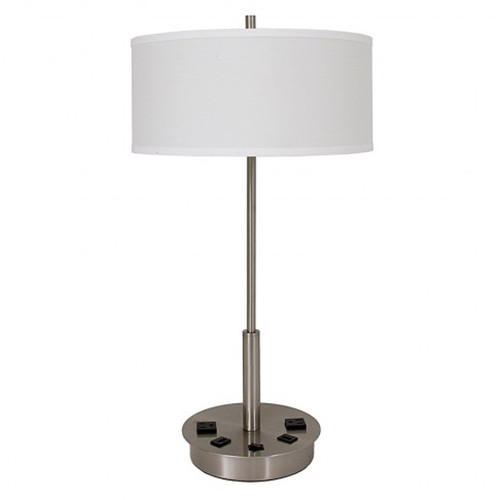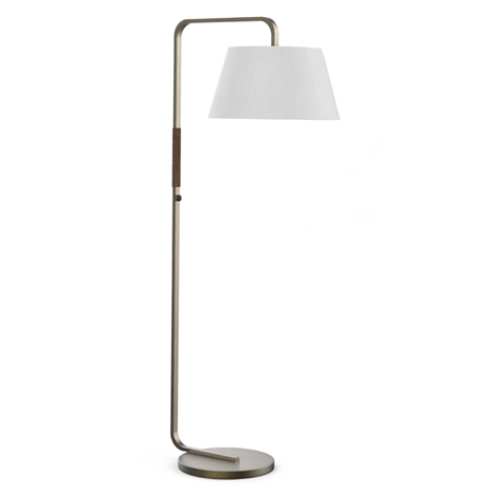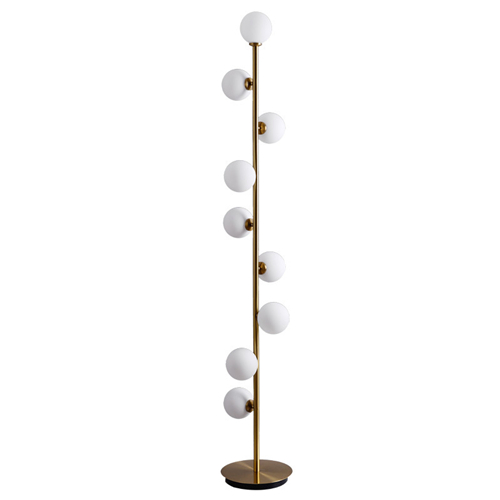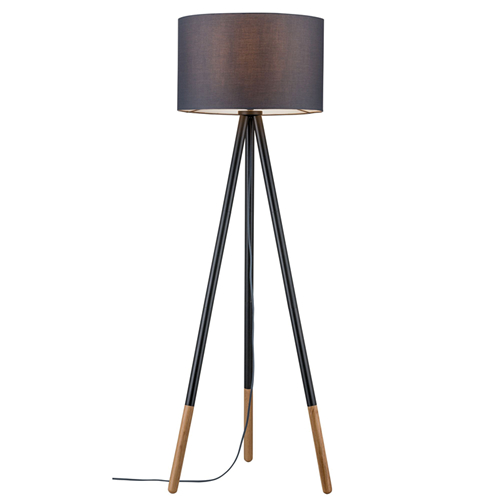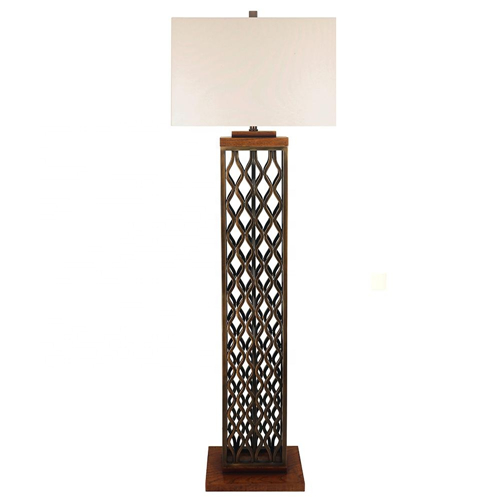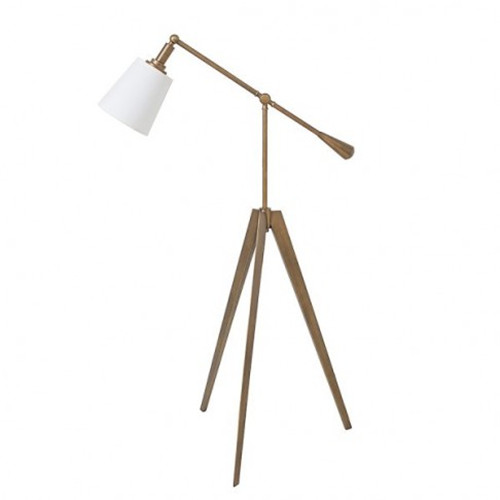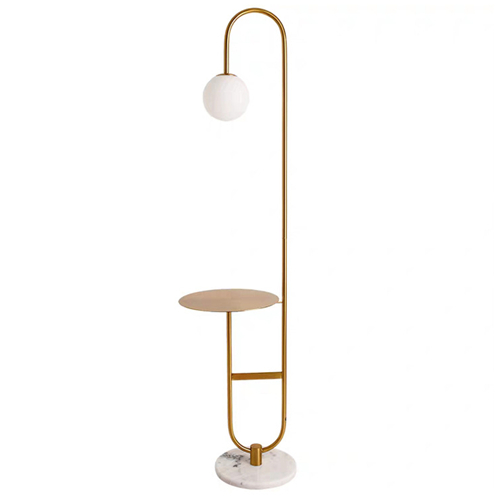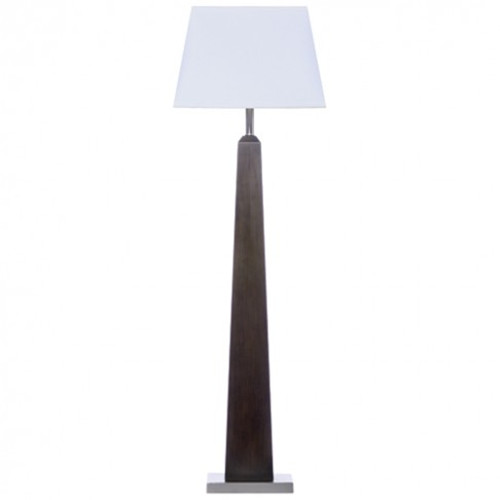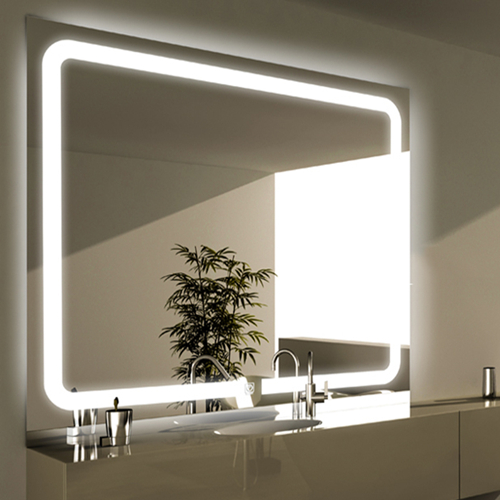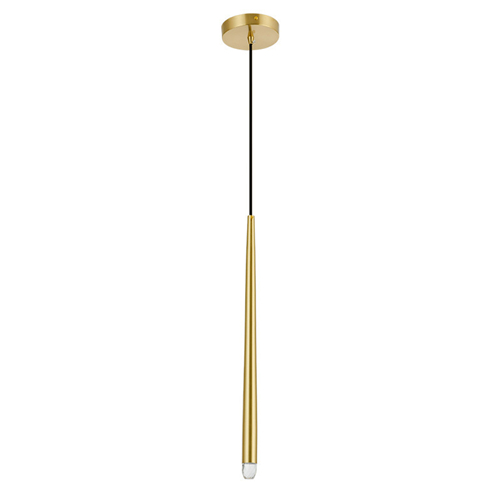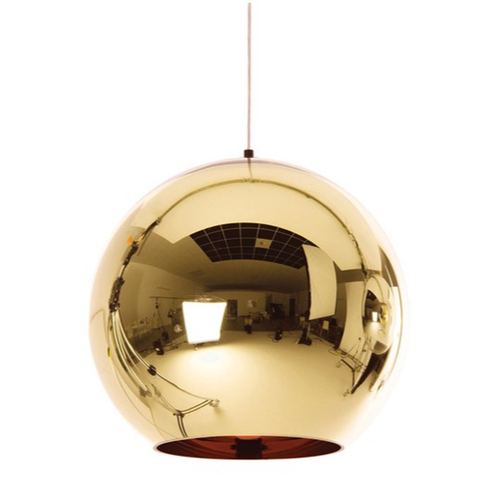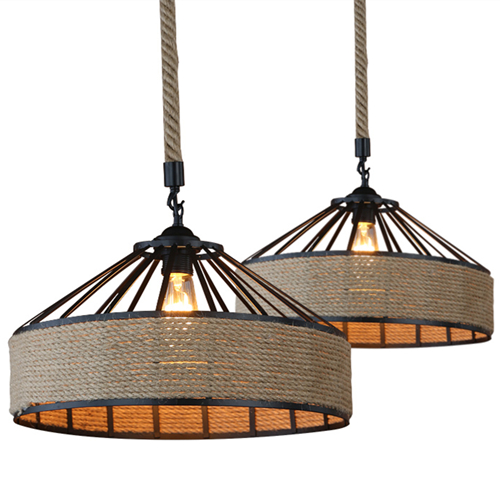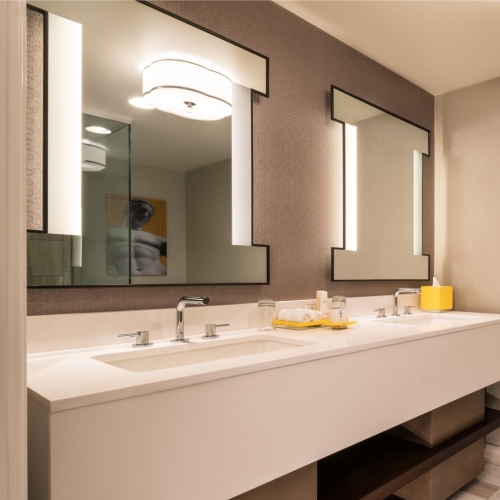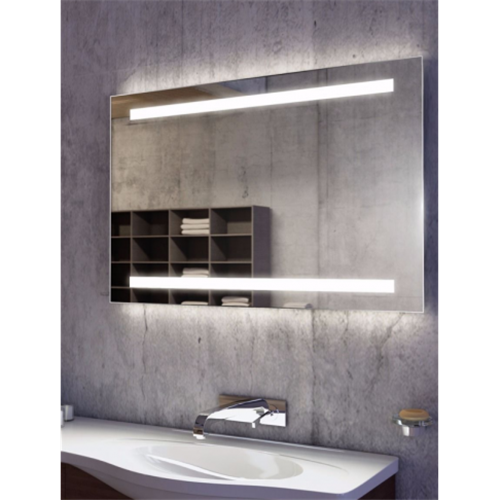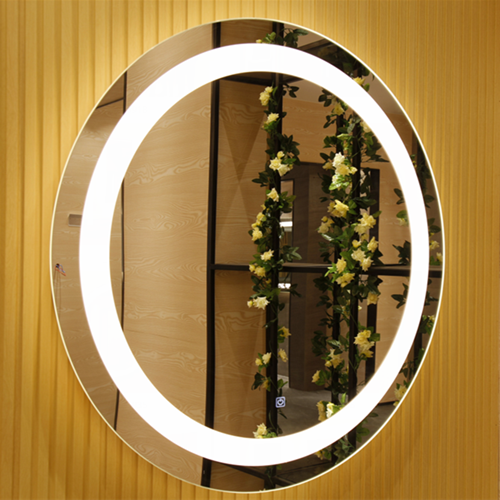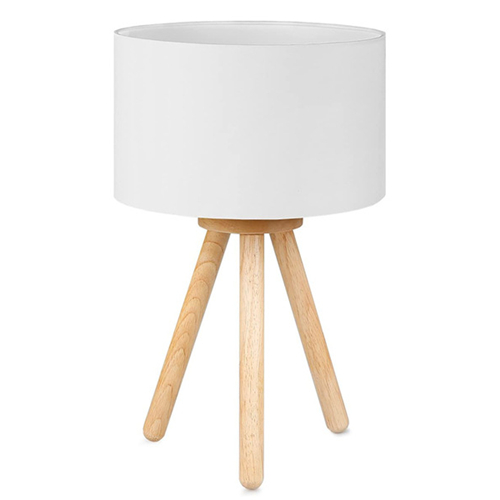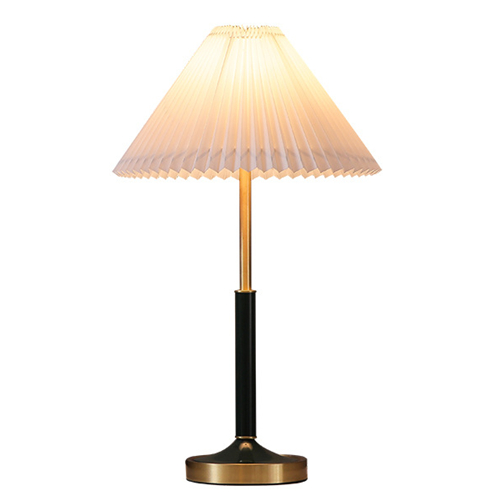A perfect table lamp will have just the right balance between function and style. It should be a certain height to prevent glare, be proportional to your table size, have the right lampshade for proper illumination, and the right mix between finishes and materials to coordinate with the room's decor. Keep reading to find out how to find the ideal one.
DIMENSION
Firstly, you need to know where you will place the lamp – whether on a side table, console table, desk, nightstand, dresser, or another piece of furniture. The lamp should be proportional to the size of the piece. It should not be so large that it overwhelms the piece, but it should also not be so small that it gets lost.
Choosing the right height is especially important if you are a bedtime reader, the lamp should be at a height that prevents glare. The bottom of the lampshade should be at eye level when you are seated. You don't want the light to be shining over your head, nor do you want it right in your eyes.
LAMPSHADE
Here are some things to consider when finding the right modern lampshade.
1) The lampshade material
There are lots of lampshade materials available including fabric, metal, glass, rattan, paper, etc., pick the one that fits your interior scheme best.
2) The lampshade color
It's usually best to stick with the classic whites, ivories, camels and other linen shades. These colors are popular because they allow the light from the bulb to shine through, offering ample lighting to your space. However a black shade will really make a statement.
3) The lampshade shape
The straighter types, like the drum shades or the rectangular ones, provide clean lines that will go well with your modern style.
4) The lampshade size
If you have a very thin lamp, choose a lampshade that is no wider than the height of the shade.
Height: 2/3 the height of the lamp.
Width: Twice the width of the lamp.
MATERIAL
The best thing about modern table lamps is that there are so many different materials to choose from!
Wood: Whether it's a driftwood style or a funky wooden piece, a contemporary wood table lamp can be quite fashionable with the right details -- especially on a wooden end table.
Metal: Metal can have a variety of different colors like gold, nickel, copper, bronze, chrome, iron, and brass, you are bound to find one that fits perfectly into your space.
Porcelain/ Ceramic: It's a type of clay that can be molded into unique shapes and painted to achieve amazing colors, ceramic lamps are a great piece in bedroom, living room, dining room, entryway, or home office.
Glass: A glass lamp is a cool way to make an impression in your space, for a fun look try colored glasses. The contemporary glass table lamps will catch your guests' eyes.
Stone: Stones like marble are a popular choice right now, you could also go with a concrete base if you prefer more industrial design.
Crystal: Crystal is a special material that provides a glam look. There are so many different varieties and types of crystal table lamps that you will definitely find one that you love.
FINISH
Neutral colors are always a safe option that can blend into the background of the room. Or you can select a special lamp in a bold color or choose a bold shade to get everyone's attention.
Sunwin Lighting is one of the top table lamp suppliers in China, have over 17 years' experience on producing contemporary designer table lamps. Welcome to send your inquiries to sales@sunwinhotellighting.com.


